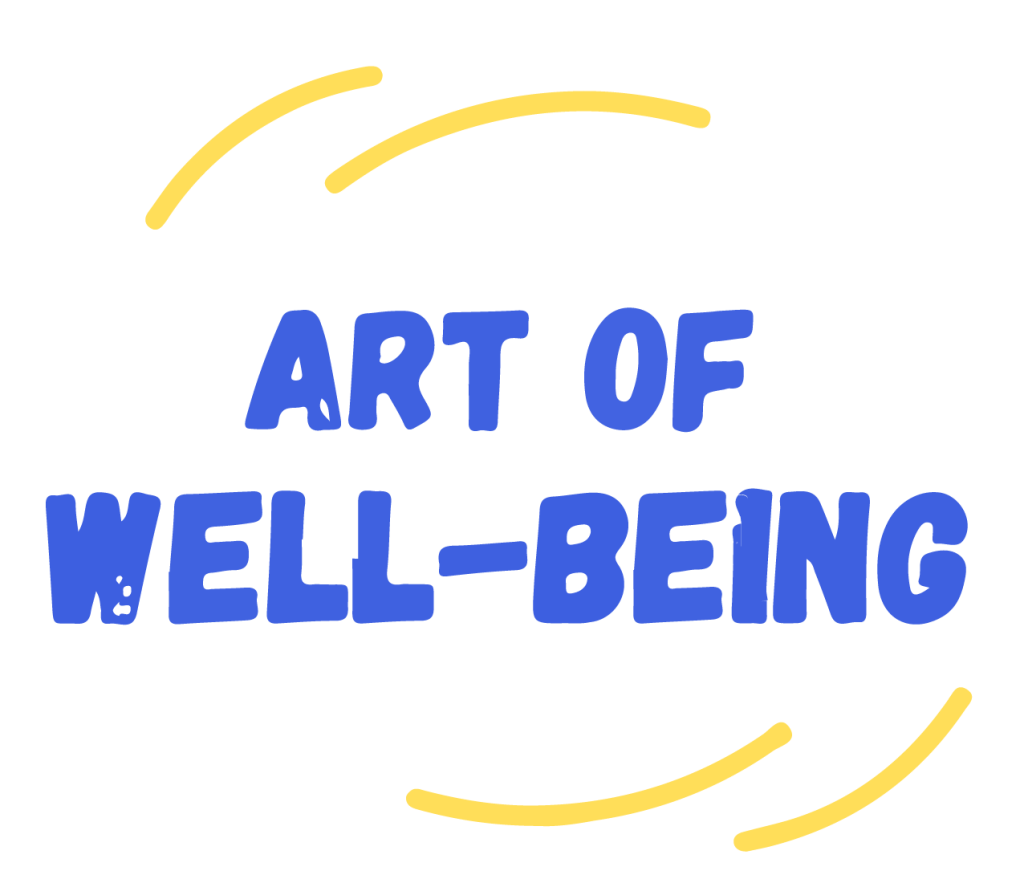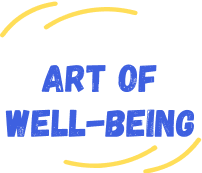Frequently Asked Questions
The Art of Well-Being is private pay only and out of network.
If you plan to use out-of-network benefits, we will automatically provide you with a monthly superbill—a detailed invoice that includes all required codes and clinical information. You are responsible for submitting these superbills directly to your insurance provider for potential reimbursement.
We recommend verifying your out-of-network coverage before beginning treatment, as some insurance plans do not reimburse for out-of-network services.
Standard sessions are 45–50 minutes. Additional time will be billed at the clinician’s prorated rate.
Yes. Collaboration is a cornerstone of both The Art of Well-Being, and we strive to incorporate families into the therapeutic process as meaningfully as possible. We believe that open, ongoing communication between clinicians and the parents or guardians of minor clients is essential to fostering meaningful, sustainable progress.
- For children under 12: Monthly parent sessions (without the child) are required.
- For ages 12 and up: Ongoing parent collaboration is encouraged.
Yes—collaboration outside of regularly scheduled sessions may be billed at your clinician’s prorated hourly rate. This includes time spent on phone calls, emails, meetings, written documentation, and coordination with other professionals.
We value a collaborative, team-based approach and believe it often leads to the most meaningful therapeutic progress. Here’s what you can expect:
- One complimentary 10–15 minute follow-up call within the first 2–4 sessions
- Occasional brief consultations (up to 10 minutes) throughout treatment, as clinically appropriate
- Ongoing or extended communication—including parent check-ins or professional collaboration—will be billed accordingly
- Optional parent support sessions (in person or virtual) are available for added guidance and billed as standard therapy sessions
If collaboration with outside professionals (e.g., pediatricians, school staff, psychiatrists) is recommended:
- We will only initiate contact after receiving written consent through a signed Release of Information (ROI) form.
- Time spent coordinating care—including phone calls, meetings, or correspondence—is billed at the clinician’s prorated rate.
- Letters and documentation (e.g., treatment summaries, school accommodation requests, referrals) are available upon request and billed accordingly.
We’re committed to providing high-quality, integrated care—and to maintaining full transparency around time and billing.
Expressive therapy differs from traditional talk therapy in that it uses creative, body-based activities—like art, movement, play, writing, and music—as primary tools for emotional expression and healing.
While traditional therapy often centers around conversation, expressive therapy taps into non-verbal and symbolic ways of exploring feelings, experiences, and memories.
This approach is especially helpful for:
- Children and teens who may not have the language to explain what they’re feeling
- Individuals who feel overwhelmed, shut down, or stuck when asked to “talk about it”
- People who have experienced trauma, and whose emotions are often stored in the body rather than in conscious thought
By engaging in creative expression, clients can bypass some of the mental blocks that get in the way of healing—and begin to process emotions in a more intuitive, embodied, and safe way.


